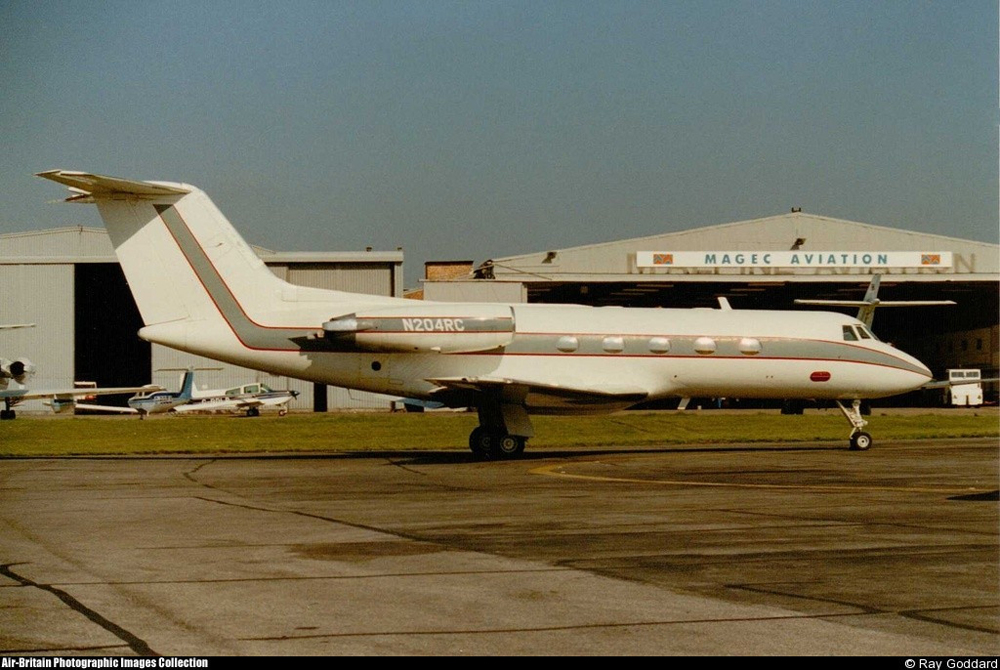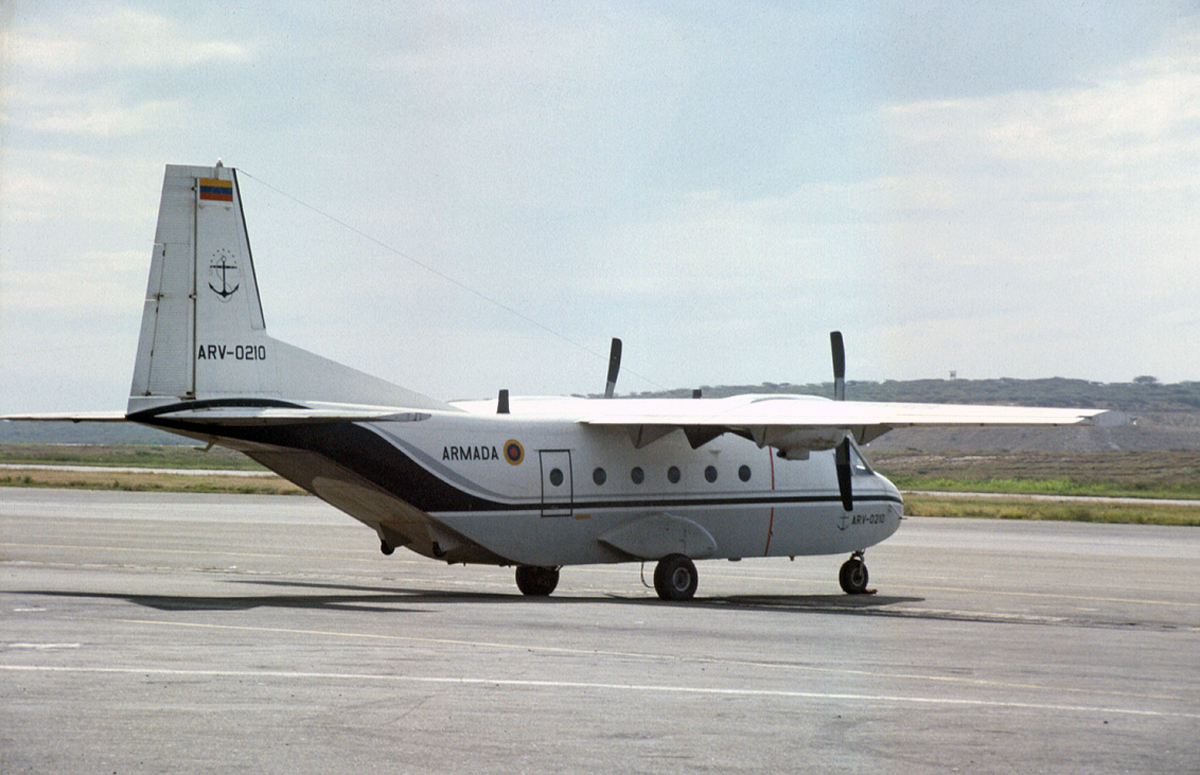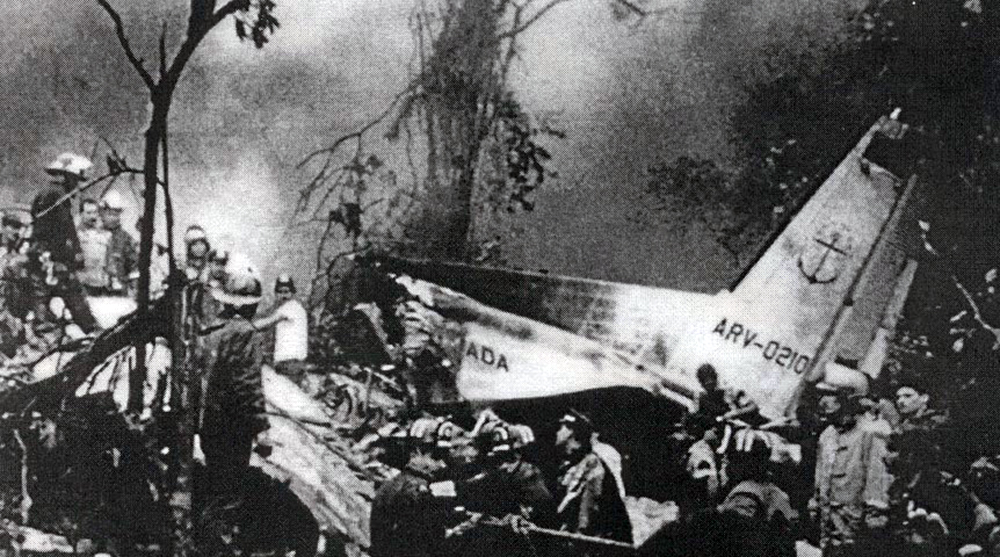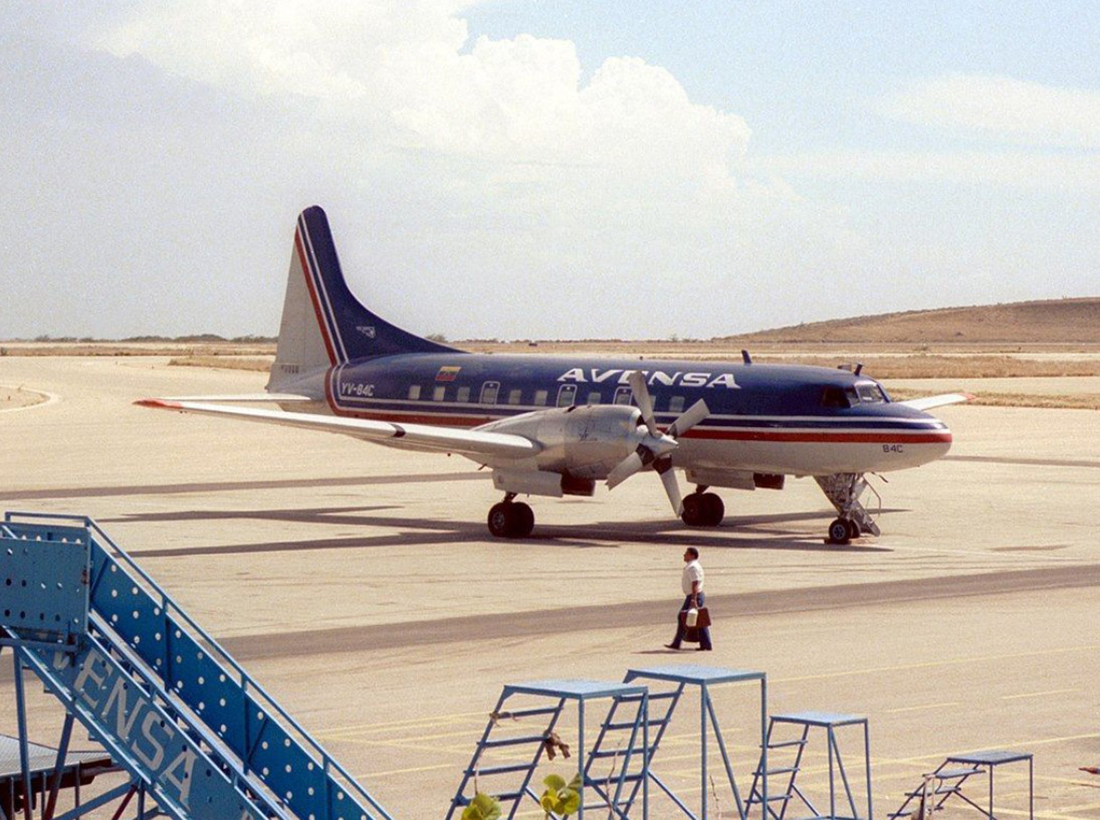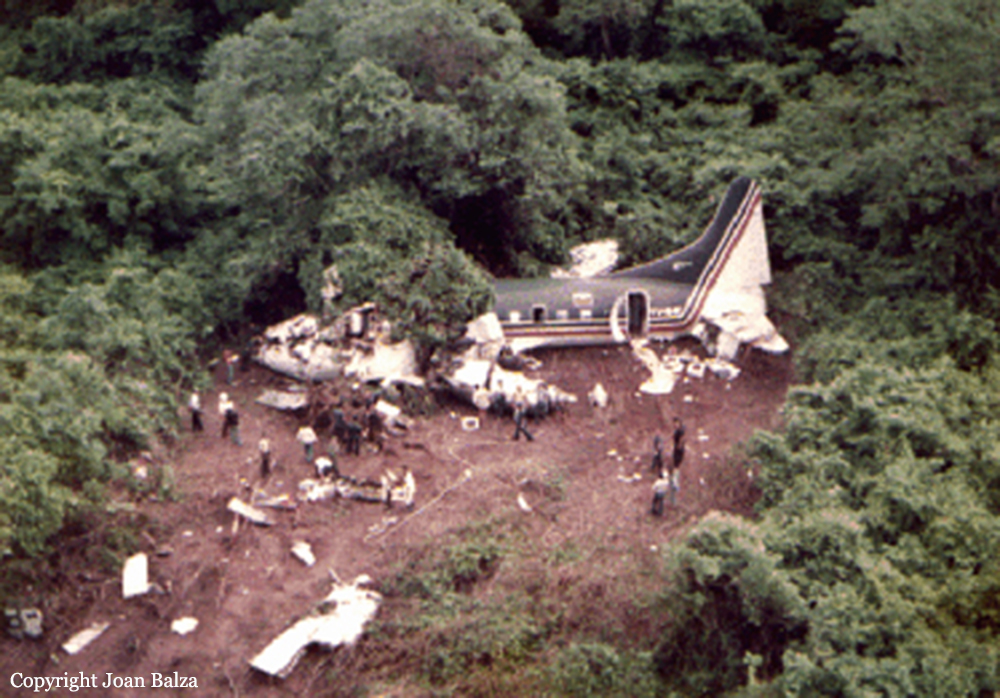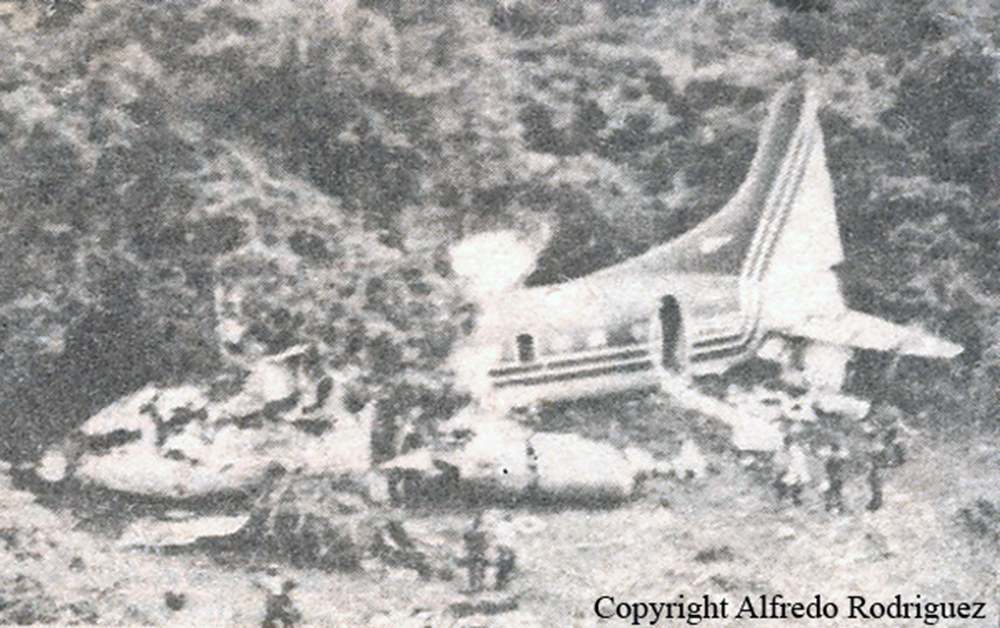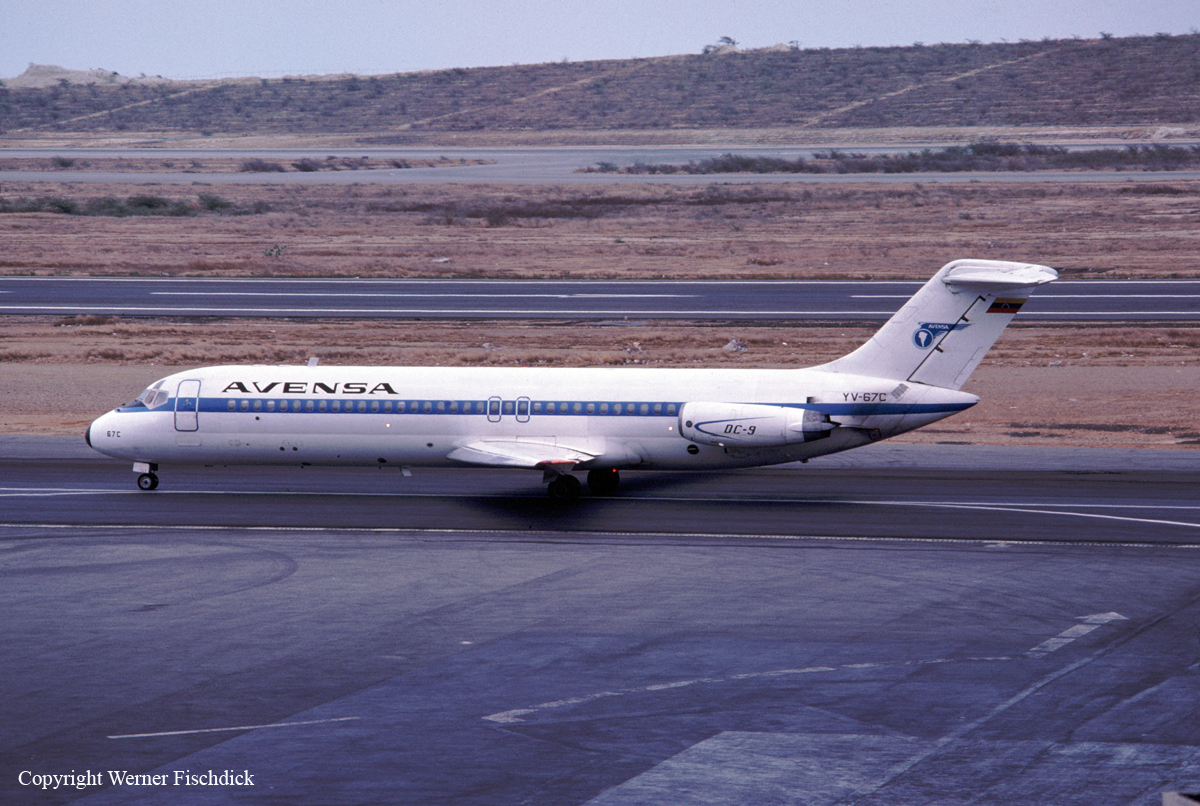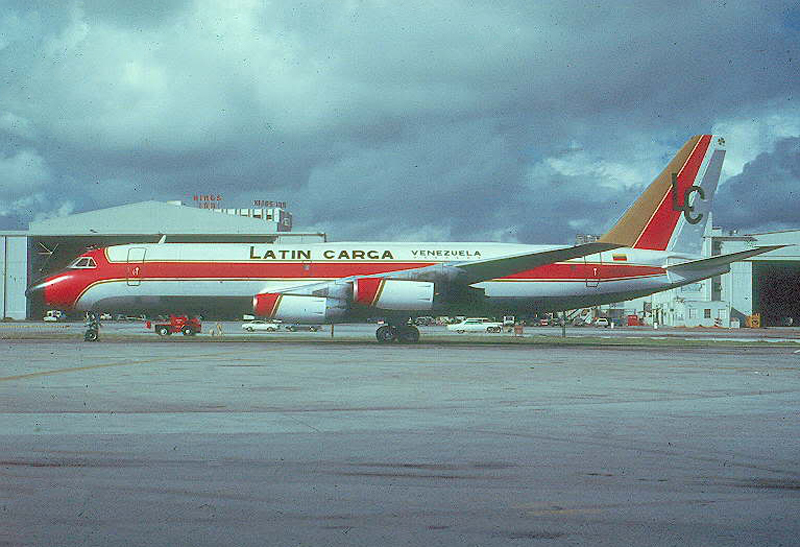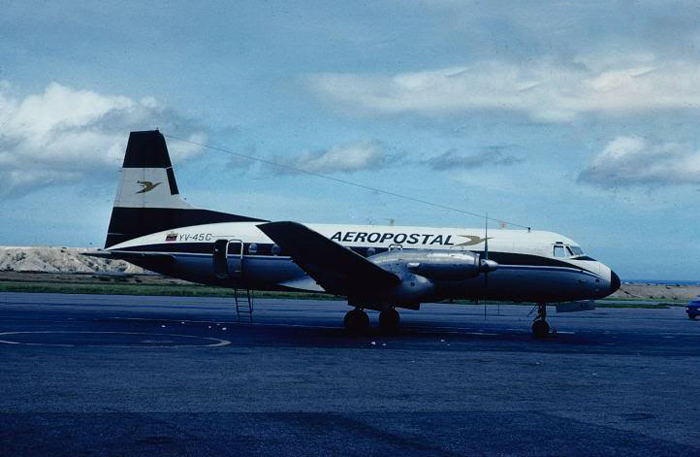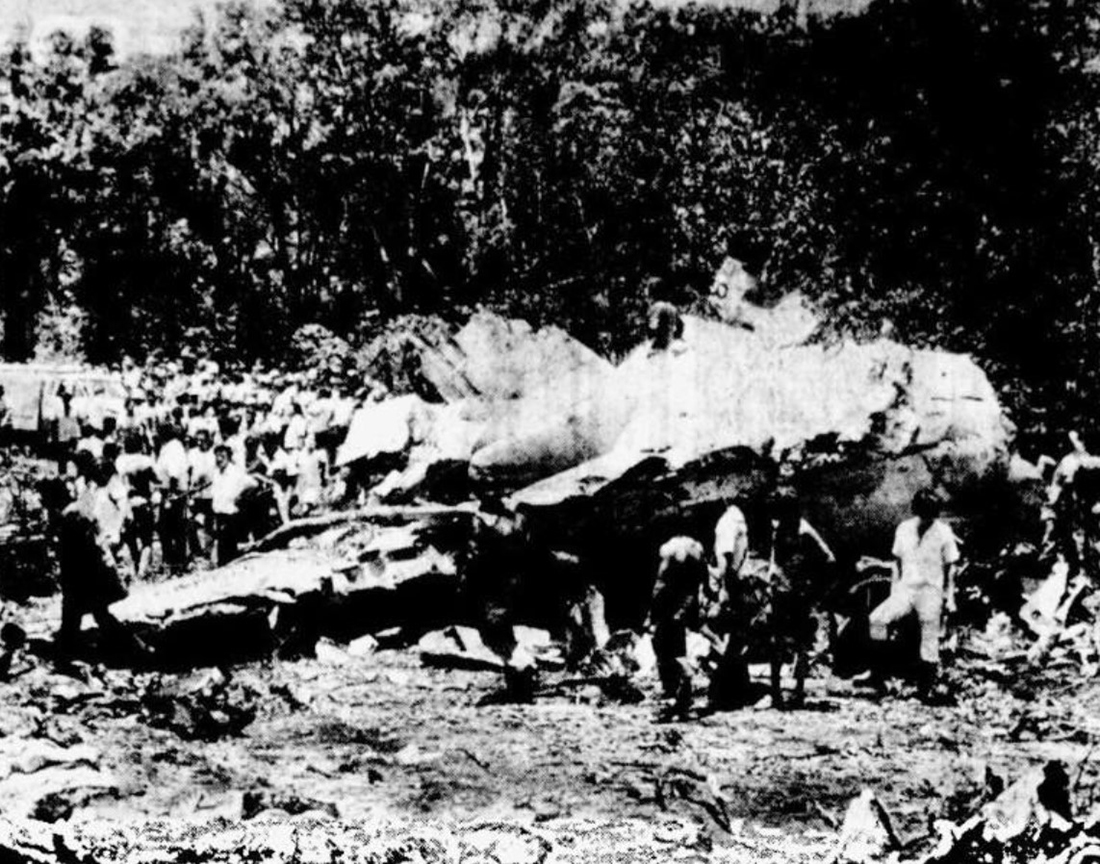Crash of a Gulfstream GII in Charallave: 4 killed
Date & Time:
Jun 17, 1991 at 2200 LT
Registration:
N204RC
Survivors:
No
Schedule:
Caracas - Charallave
MSN:
34
YOM:
1968
Crew on board:
2
Crew fatalities:
Pax on board:
2
Pax fatalities:
Other fatalities:
Total fatalities:
4
Circumstances:
The crew was completing a positioning flight from Caracas Intl Airport to Charallave-Óscar Machado Zuloaga. On descent, the crew was informed that the ILS glideslope for runway 10 was unserviceable so the captain decided to improvise an unapproved LOC/DME approach by night. The copilot was the pilot-in-command when, at an altitude of 2,500 feet on approach, the aircraft struck the slope of a mountain located 9,3 km from the airport. The aircraft disintegrated on impact and all four occupants were killed.
Probable cause:
Controlled flight into terrain following a wrong approach configuration that led the aircraft descending below the minimum safe altitude.
